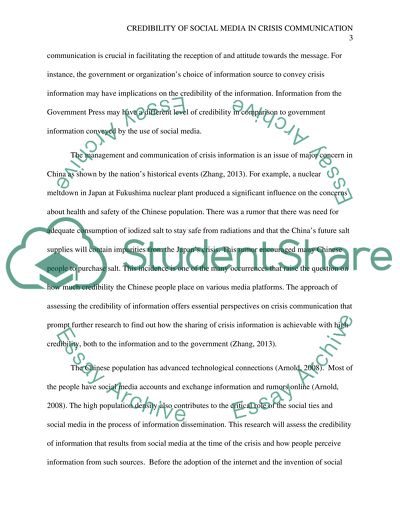Cite this document
(“Credibility Assessment for Social Media in Crisis Communication Research Proposal”, n.d.)
Retrieved from https://studentshare.org/journalism-communication/1662490-credibility-assessment-for-social-media-in-crisis-communication
Retrieved from https://studentshare.org/journalism-communication/1662490-credibility-assessment-for-social-media-in-crisis-communication
(Credibility Assessment for Social Media in Crisis Communication Research Proposal)
https://studentshare.org/journalism-communication/1662490-credibility-assessment-for-social-media-in-crisis-communication.
https://studentshare.org/journalism-communication/1662490-credibility-assessment-for-social-media-in-crisis-communication.
“Credibility Assessment for Social Media in Crisis Communication Research Proposal”, n.d. https://studentshare.org/journalism-communication/1662490-credibility-assessment-for-social-media-in-crisis-communication.


